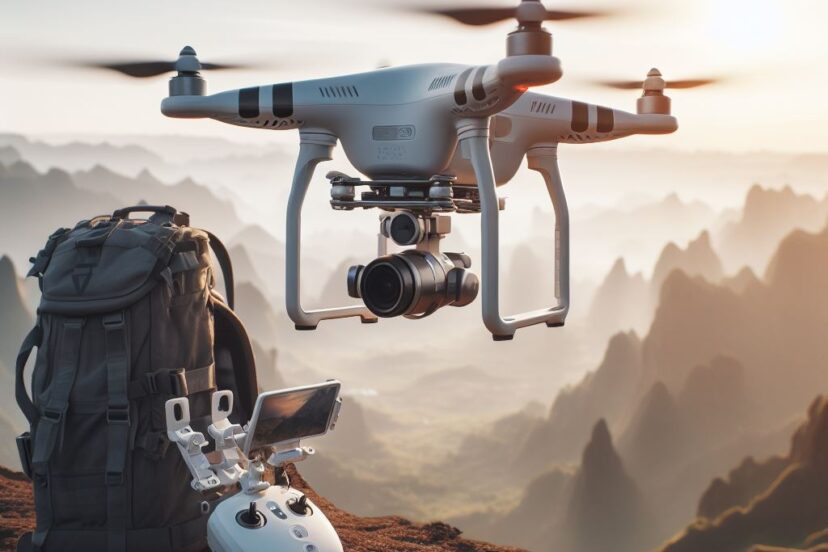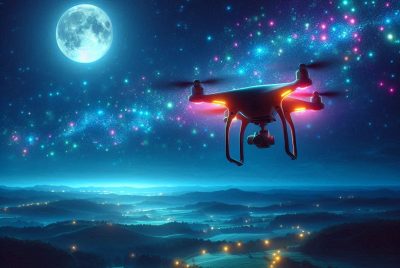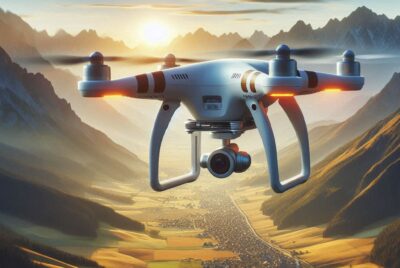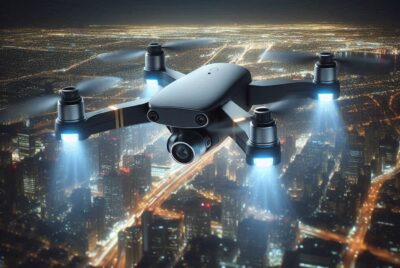Drones for Photography: Unveiling Aerial Perspectives
*We may earn a commission for purchases made using our links. Please see our disclosure to learn more.
Drones for Photography: Elevating Visual Storytelling
Drones have revolutionized the world of photography, offering a bird’s-eye view that was once exclusive to helicopters or expensive aerial equipment. As an avid enthusiast and advisor in drone photography, I’m thrilled to delve deeper into this captivating fusion of technology and art. Let’s embark on a comprehensive journey through the various facets of using drones for photography and uncover how they redefine our perspectives.
Introduction to Drones and Photography
In recent years, drones have emerged as powerful tools that redefine traditional photography. The ability to soar to heights and angles previously inaccessible to cameras has significantly expanded the horizons of visual storytelling. The transformative impact of drones is evident in the breathtaking aerial views and innovative compositions they facilitate, enhancing the way photographers capture landscapes, events, and artistic visions.
Choosing the Right Drone for Photography
The selection of a drone tailored for photography involves a critical evaluation of essential features. Camera quality, stability, flight time, and operational range are pivotal considerations. For those starting, entry-level drones with decent cameras and user-friendly controls provide a learning platform. However, professionals seeking high-quality imagery might opt for advanced models equipped with better sensors, higher resolution, and more stability features, albeit at a higher cost.
Here are three top drone brands known for their excellence in photography:
- DJI (Da-Jiang Innovations): DJI has dominated the drone market for years, offering an impressive range of drones suitable for photography. Models like the DJI Mavic series (Mavic 2 Pro, Mavic Air 2) and the DJI Phantom series have gained recognition for their exceptional camera capabilities, stability, and ease of use.
- Autel Robotics: Autel Robotics has made significant strides in the drone industry with its high-quality drones. The Autel Evo series, especially the Autel Evo II, is known for its excellent camera systems, including high-resolution sensors and impressive video capabilities, making it a popular choice among photography enthusiasts.
- Parrot: Parrot drones, notably the Anafi series, offer competitive features for aerial photography. The Parrot Anafi drones are appreciated for their compact design, exceptional camera quality, and unique ability to tilt the camera upwards, allowing for versatile shooting angles.
When choosing a drone for photography, factors such as camera specifications (resolution, sensor size, image stabilization), flight time, portability, and budget should be considered. It’s essential to evaluate the specific features and capabilities that align with your photography requirements before making a purchase.
Benefits of Using Drones in Photography
The allure of using drones in photography lies in the distinctive perspectives they offer. Aerial photography and videography unveil a world unseen from the ground, unveiling stunning angles and compositions that evoke awe and wonder. Whether capturing vast landscapes, urban skylines, or dynamic events, drones enable photographers to encapsulate the essence of a moment from an entirely fresh viewpoint.
Tips for Beginners in Drone Photography
For beginners venturing into drone photography, understanding the basics is crucial. Familiarity with flight controls, safety guidelines, and legal regulations is paramount. Additionally, honing fundamental photography skills, such as composition and understanding lighting, aids in capturing compelling aerial shots. Patience and practice are the keystones to mastering the art of controlling drones while simultaneously framing captivating imagery.
Advanced Techniques for Experienced Users
Experienced drone photographers often delve into advanced techniques to elevate their craft. Mastery of manual camera settings, including aperture, shutter speed, and ISO, enables precise control over image exposure and quality. Experimenting with movement dynamics, such as tracking shots, reveals the potential for dynamic storytelling through aerial imagery. Incorporating these techniques adds depth and creativity to visual narratives.
Drone Maintenance and Safety Measures
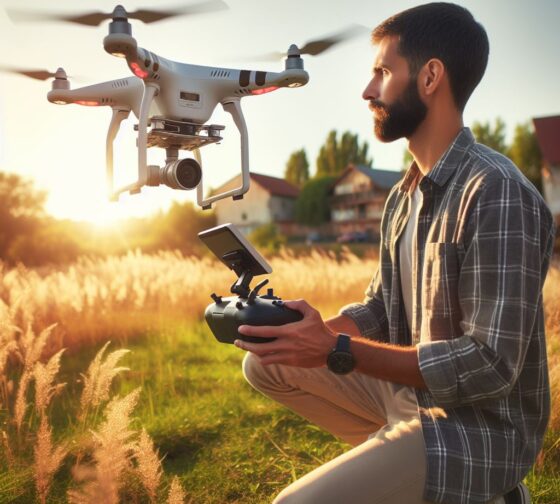
Proper maintenance ensures the longevity and optimal performance of drones. Regular check-ups, firmware updates, and battery care are essential practices to prevent technical issues during flight. Emphasizing safety measures, such as pre-flight checks, maintaining a safe distance from obstacles or people, and understanding weather conditions, minimizes the risk of accidents and preserves the integrity of the equipment.
Legal Considerations for Drone Photography
Navigating legal aspects is crucial for responsible drone photography. Understanding local regulations, acquiring necessary permits for commercial use, and respecting no-fly zones ensure compliance with legal frameworks. By adhering to these regulations, enthusiasts can safely and ethically explore the potential of drone-based photography without encountering legal complications.
Future Trends and Innovations in Drone Photography
The trajectory of drone photography is poised for continuous innovation. Anticipated advancements in technology, such as enhanced sensors, improved battery life, and AI integration, promise further breakthroughs. These innovations will broaden the creative boundaries and accessibility of drone-based visual storytelling, fostering new avenues for artistic expression and commercial applications.
Conclusion
In conclusion, drones have undeniably transformed photography, democratizing access to previously unreachable perspectives. Their integration into the realm of visual storytelling has redefined creativity and narrative, enabling photographers to craft captivating imagery that resonates on a profound level. The symbiosis of technology and artistry has propelled photography to new heights, leaving an indelible mark on the evolving landscape of visual communication.
FAQs About Drones For Photography
- Are drones legal for photography in all locations?Drone regulations vary globally. It’s essential to research and comply with local laws before engaging in drone photography to avoid legal issues.
- What factors are crucial in selecting a drone for photography?Consider camera quality, stability features, flight time, range, and your budget. Assessing these factors helps in choosing a drone that aligns with your photography needs.
- How can one ensure safety while operating a drone for photography?Implement safety protocols, conduct regular maintenance, avoid crowded areas, and stay updated on weather conditions to ensure safe drone operation.
- What are some advanced techniques for capturing striking aerial photographs with a drone?Experiment with manual camera settings, explore movement dynamics, and seek unique perspectives to create visually compelling aerial imagery.
- What advancements can we expect in the future of drone photography?Future innovations might include improved sensors, longer battery life, enhanced automation, and AI integration, further expanding the creative potential in drone-based photography and videography.

